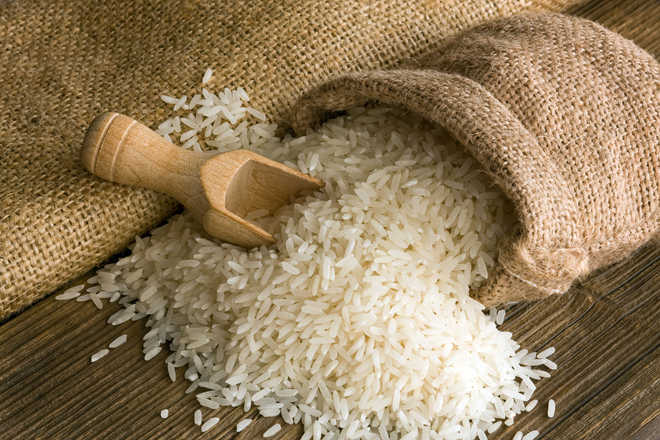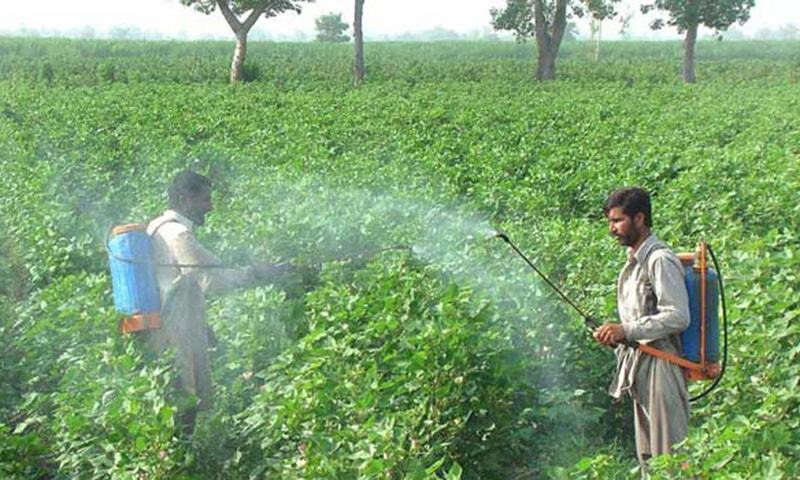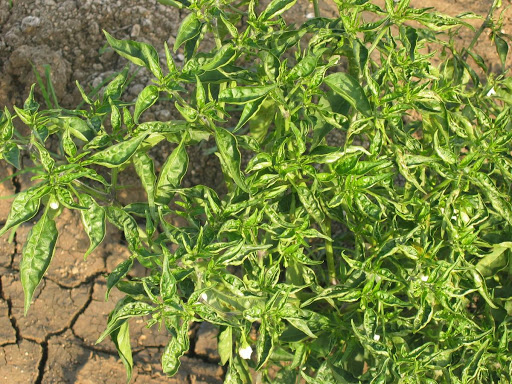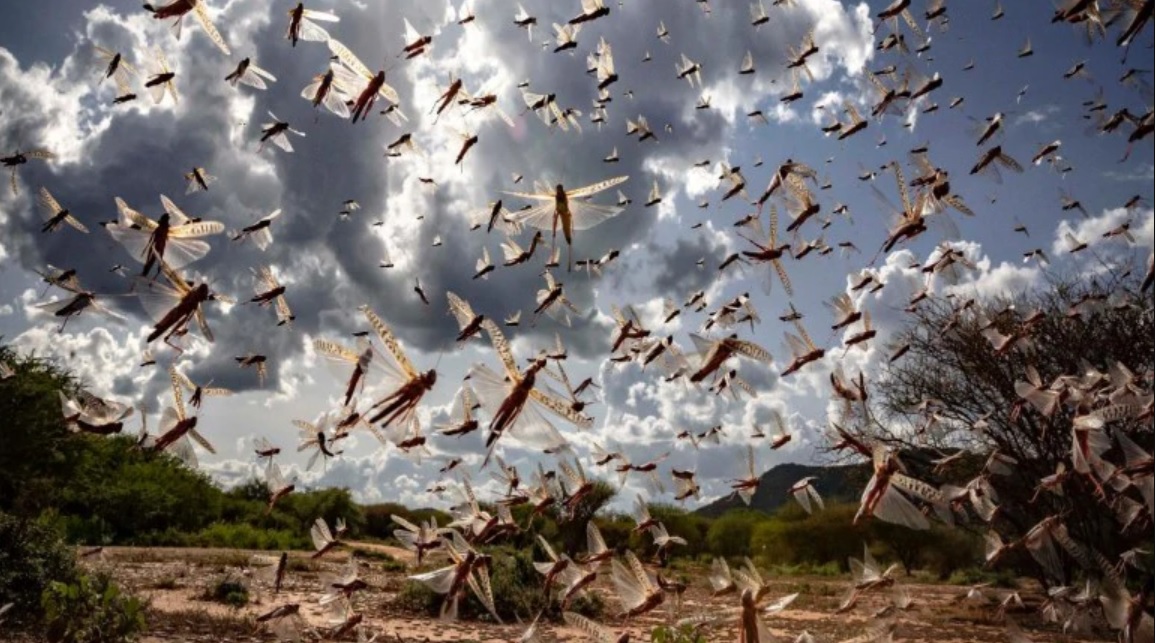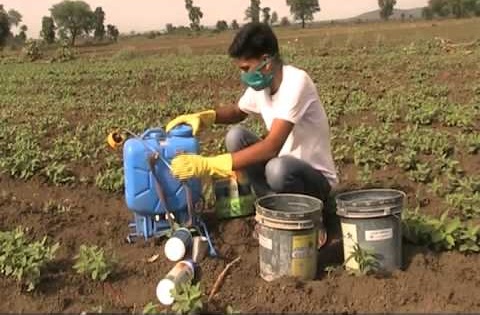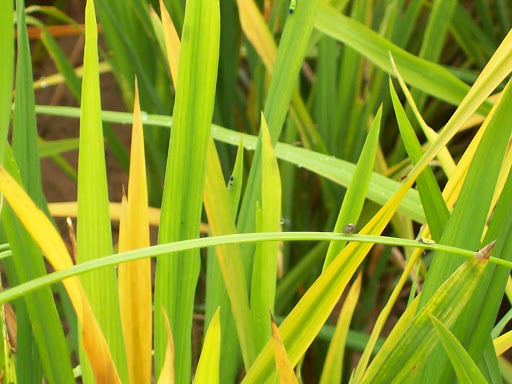The government is giving a lot of boost to the alternative source of electricity. In this series, Kusum Yojana has been started for the farmers to use solar energy for electricity. Along with this, the state government is also starting schemes related to providing solar pumps on subsidy.
Talking about Madhya Pradesh, a target has been set to give 2 lakh solar pumps to farmers in the coming three years. Significantly, by installing solar pumps, the farmers of the state will get the benefit of better irrigation. Farmers of the state are also being encouraged to install solar pumps. To date, 14 thousand 250 solar pumps have been installed for farmers under the Chief Minister Solar Pump Scheme. In the coming time this number will increase further and 2 lakh solar pumps will be installed.
Source: Kisan Samadhan
Share


